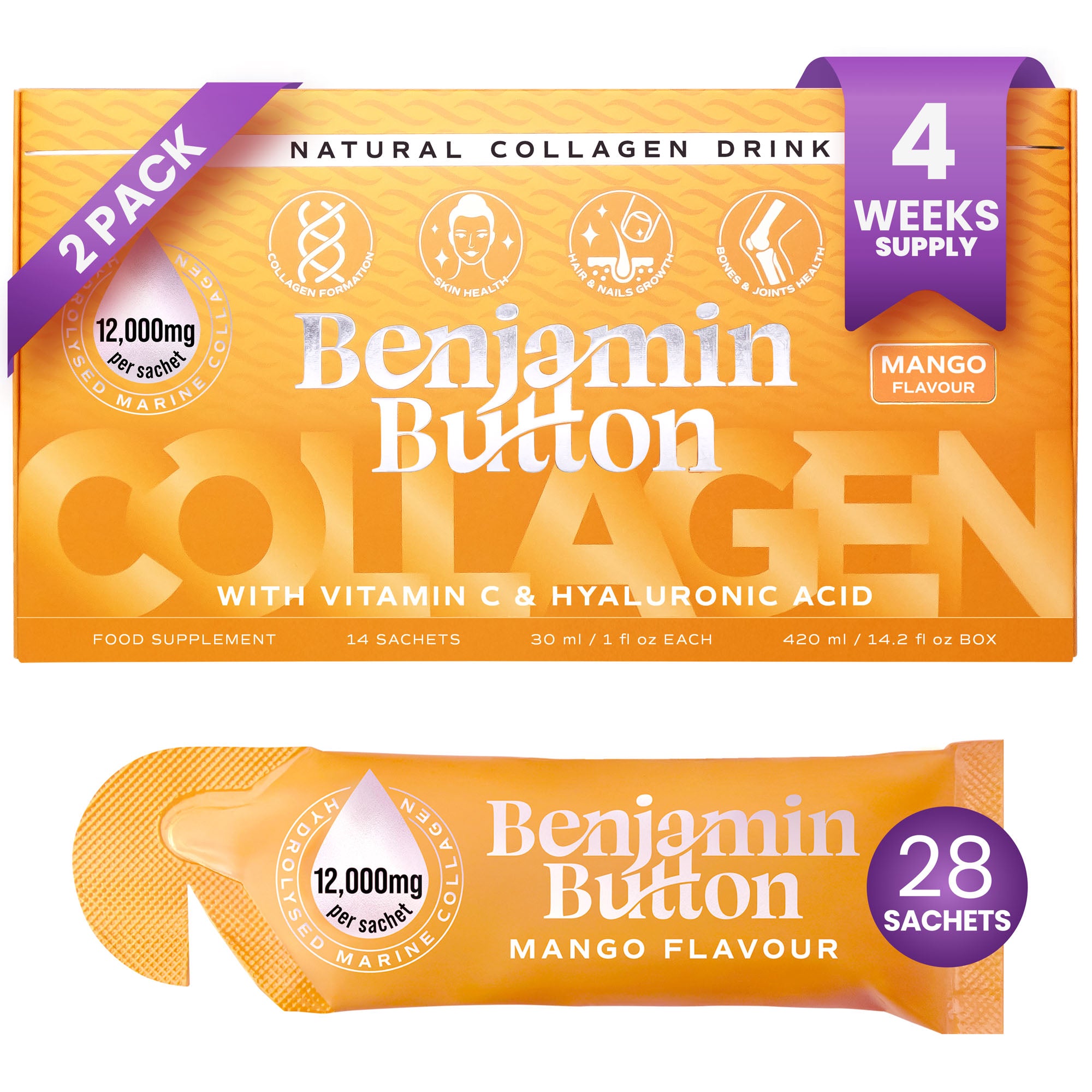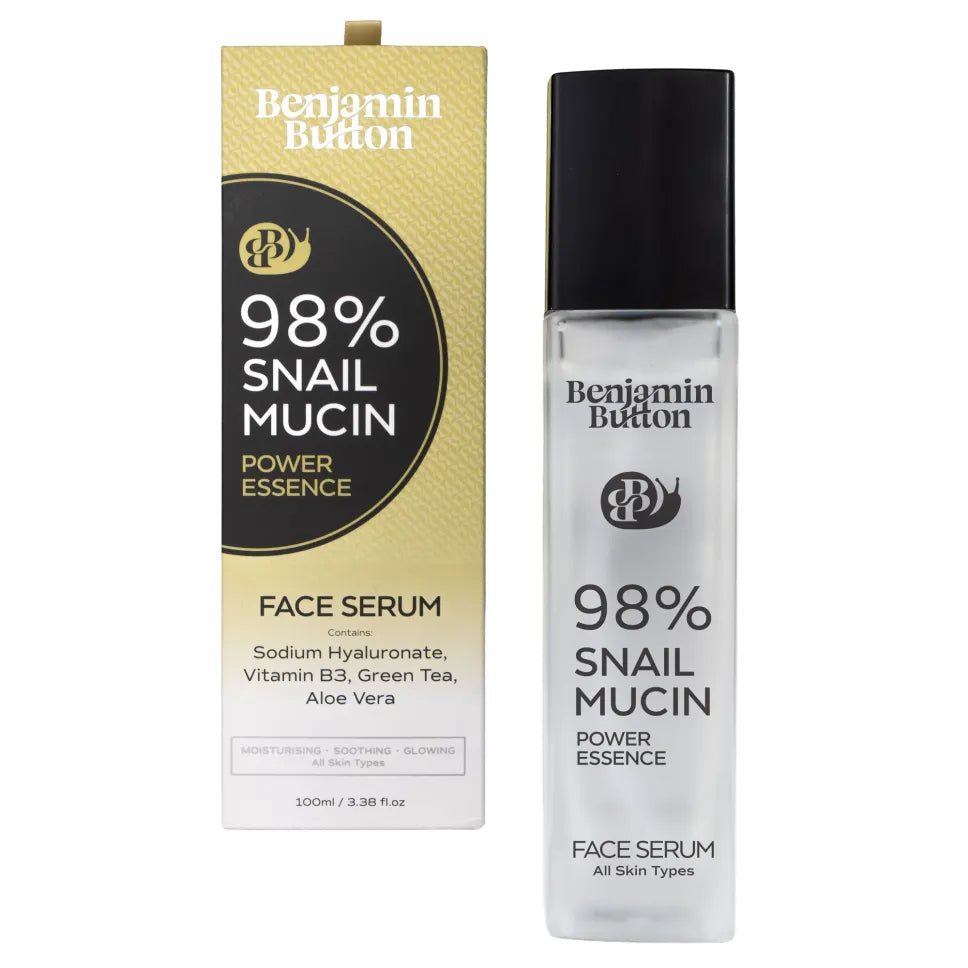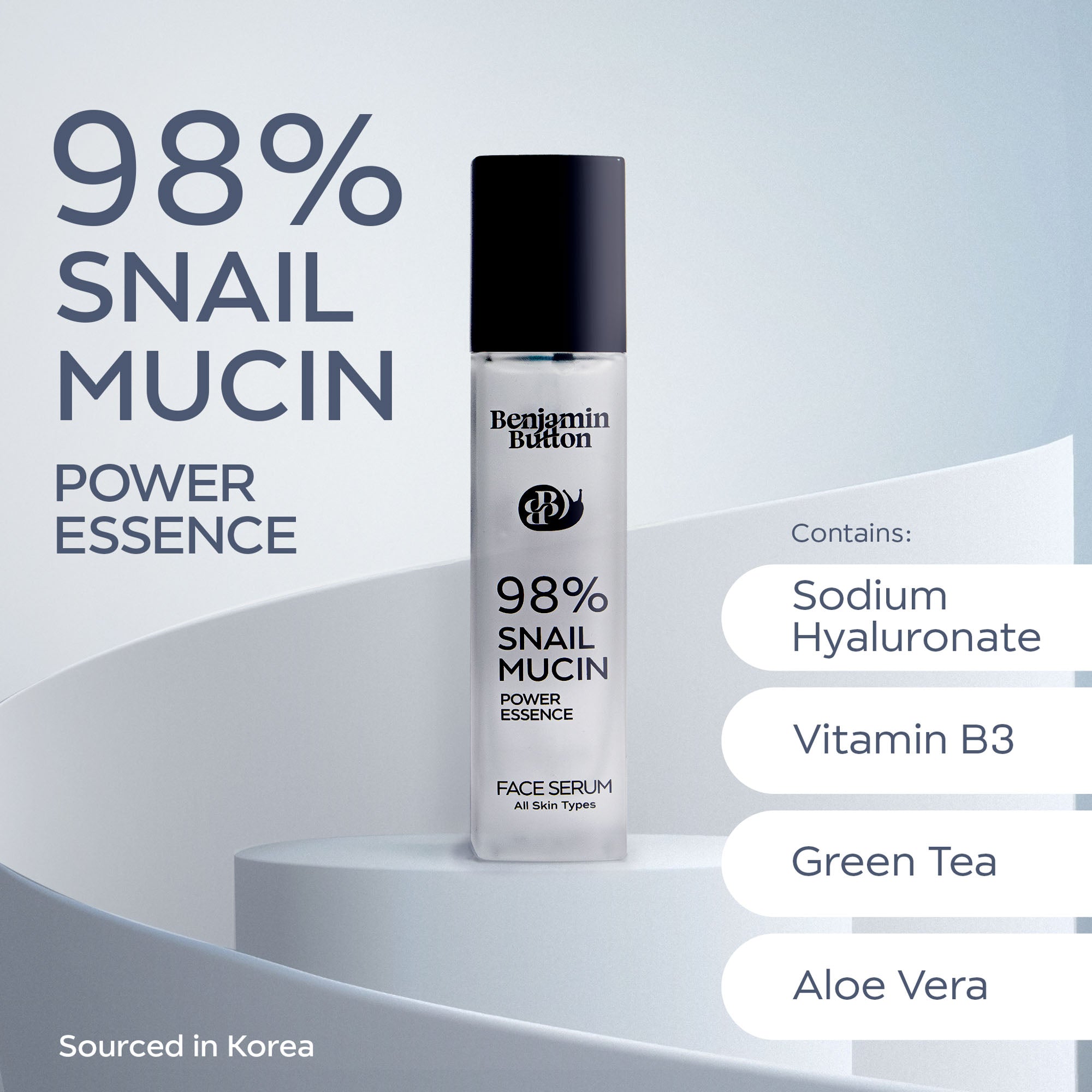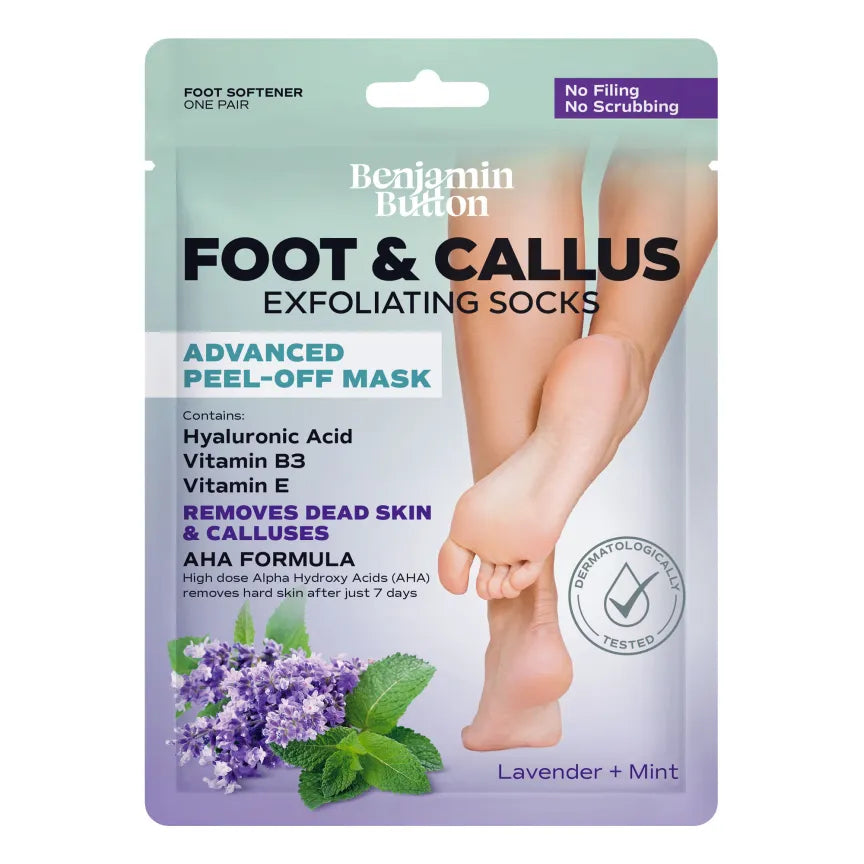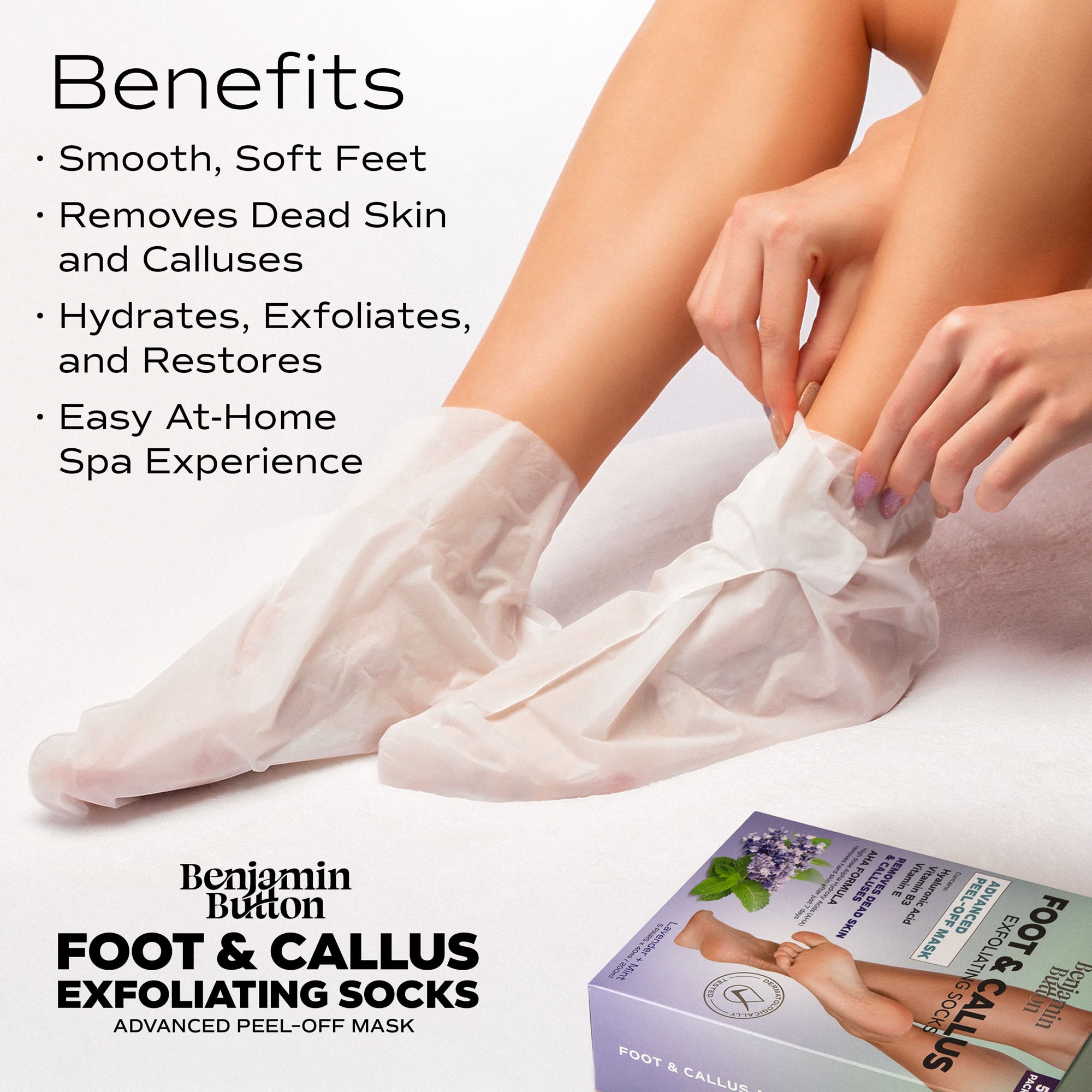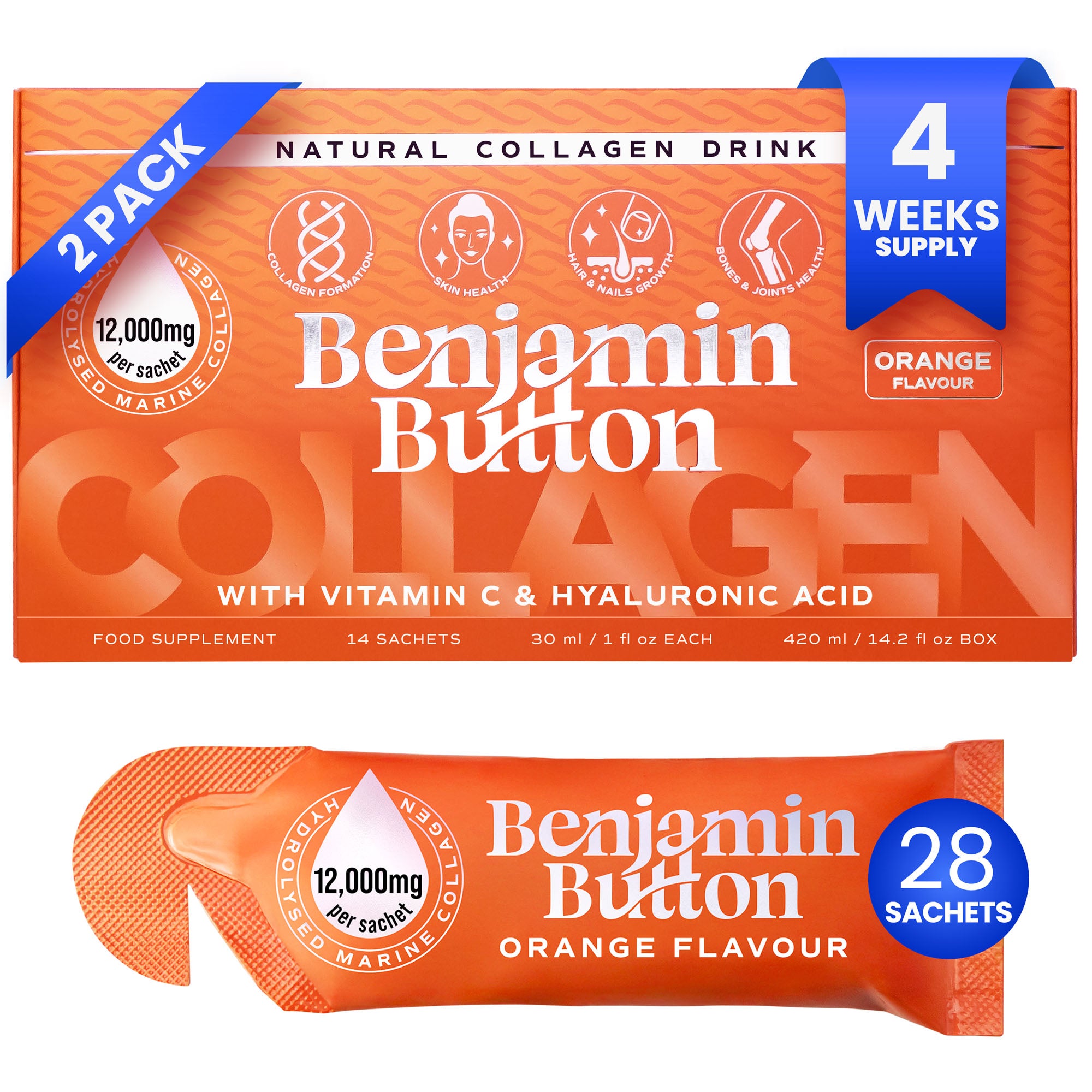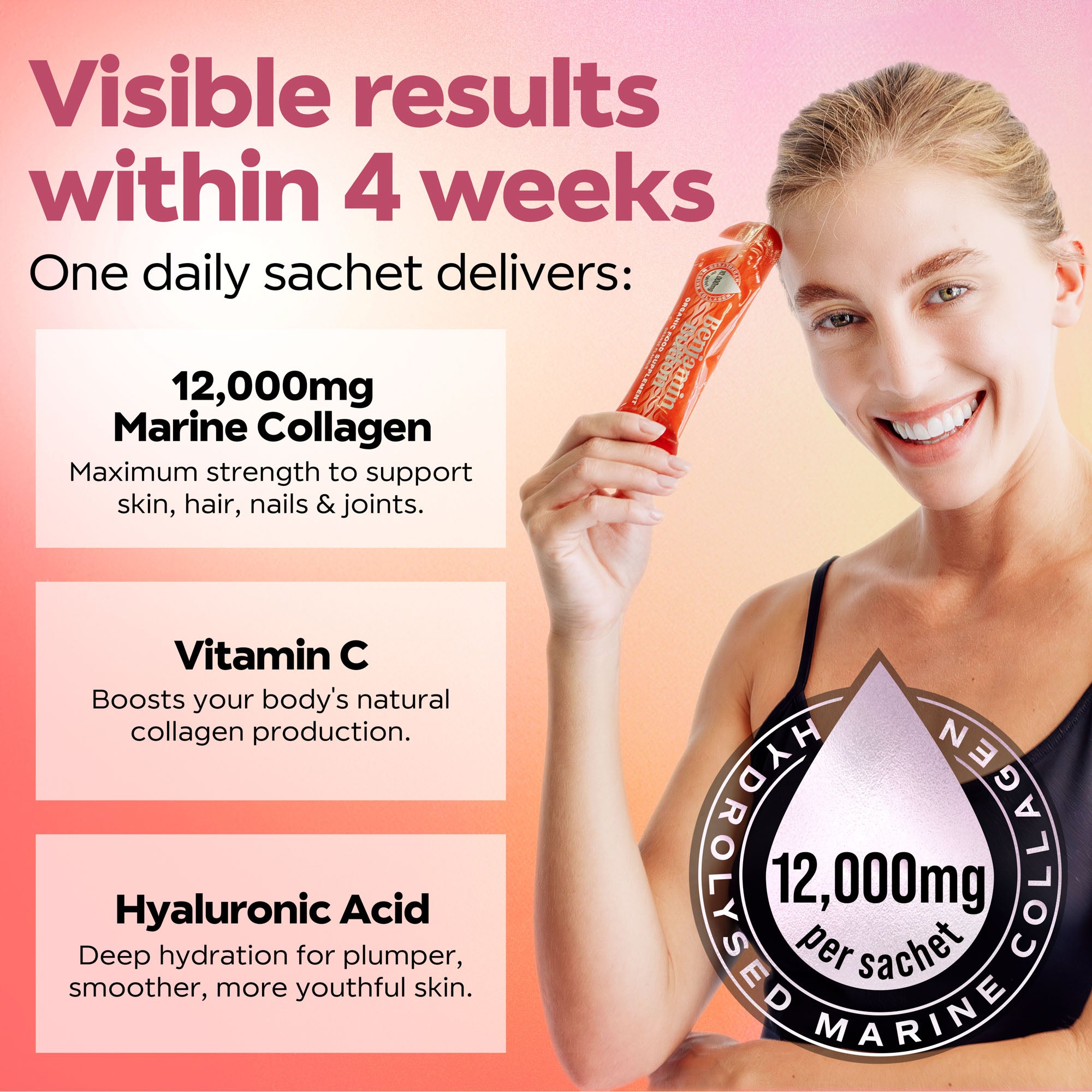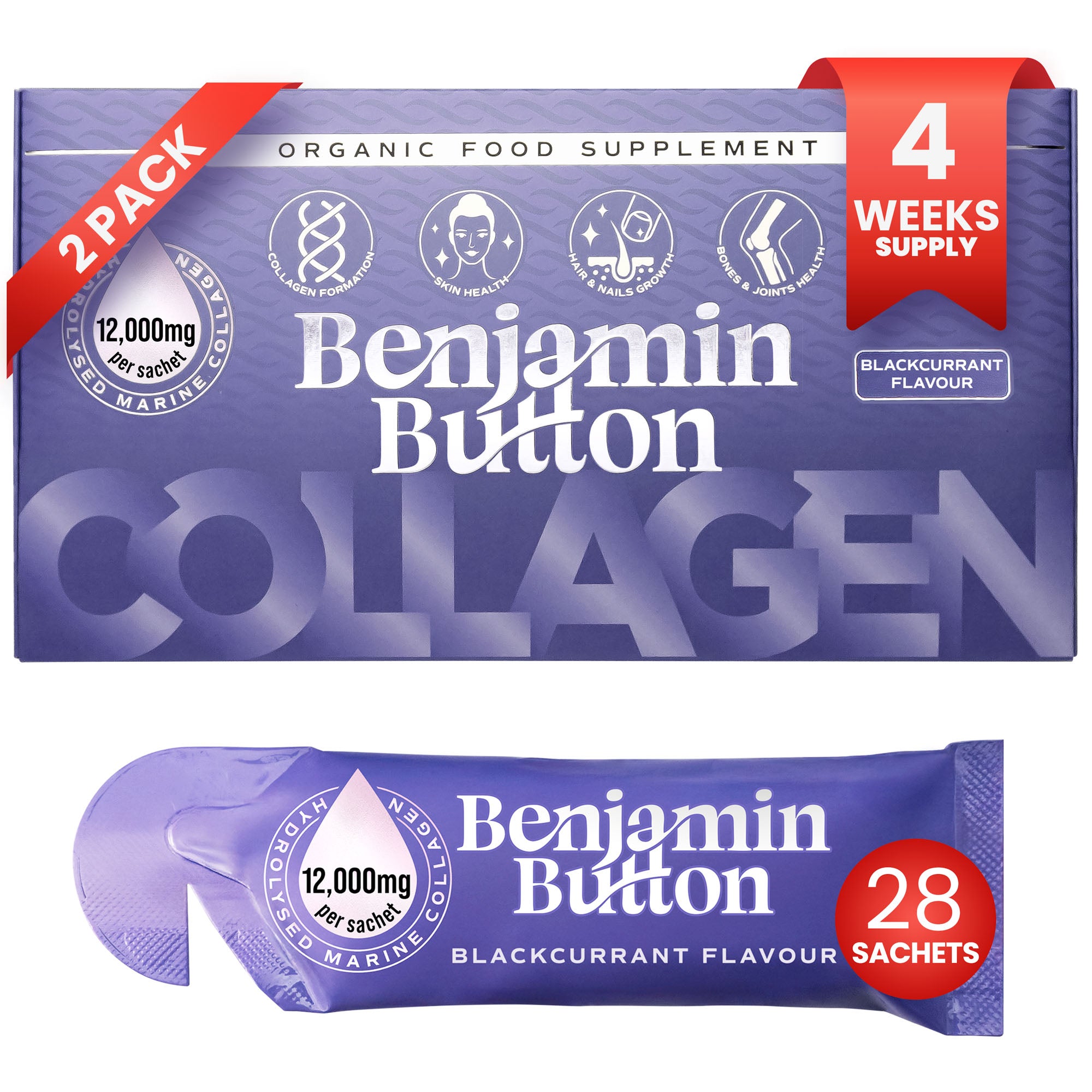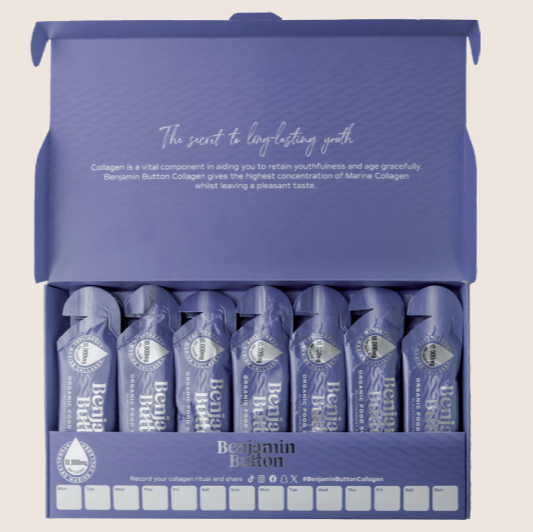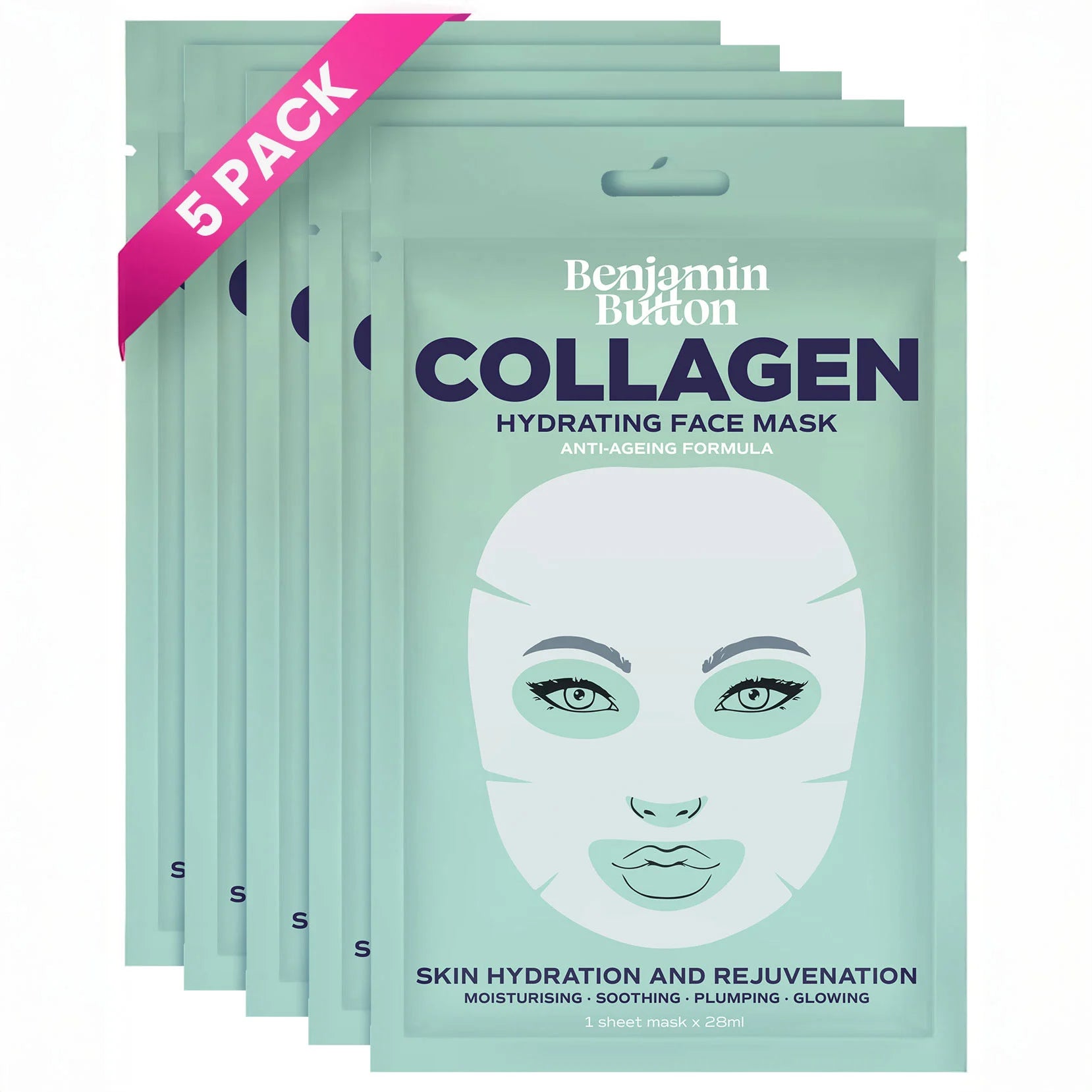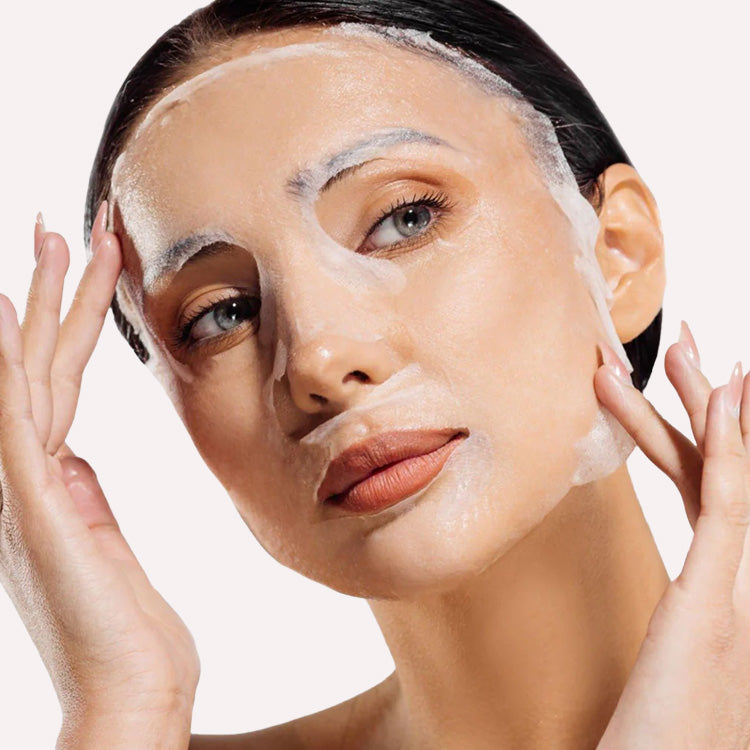Dynamic Stretching
Dynamic stretching is an energising way to improve flexibility and reduce the risk of injury. Unlike static stretching, which focuses on seated or standing stretches, dynamic stretching involves movement that can boost your heart rate and warm up your muscles.Examples of Dynamic Stretches
- Leg Swings: Stand next to a wall for balance and swing one leg forward and backward, gradually increasing the range of motion.
- Lunges with a Twist: Step into a lunge position, and while in the lunge, twist your torso towards the front leg, enhancing mobility and core engagement.
- High Knees: March or jog in place, bringing your knees high towards your chest to activate your hip flexors.
- Butt Kicks: Jog in place while kicking your heels towards your glutes, perfect for activating your hamstrings.
Foam Rolling
Foam rolling, also known as self-myofascial release, is an effective technique for easing muscle tension and enhancing recovery. It is particularly beneficial for runners as it can address tightness in the calves, hamstrings, and quads.How to Foam Roll Effectively
- Calves: Place the foam roller under your calves and gently roll from your ankle up to your knee, pausing on tender spots.
- Quads: Lie face down and position the roller under your thighs. Move your body back and forth to release tightness in your quadriceps.
- IT Band: Lie on your side and roll the outer portion of your thigh. This can ease tightness that often leads to knee pain.
- Hamstrings: Sit with the roller under your hamstrings and slowly roll from your knees to your glutes.
Breathwork and Meditation
Incorporating breathwork and meditation into your recovery routine enhances mental clarity and reduces stress, which can otherwise inhibit performance. This practice allows your mind to reset while your body recovers.Simple Breathwork Techniques
- Deep Belly Breathing: Place one hand on your belly and the other on your chest. Inhale deeply through your nose, allowing your belly to rise, and then exhale through your mouth, feeling your belly lower.
- 4-7-8 Technique: Inhale for a count of four, hold for seven, and exhale for eight. This pattern promotes relaxation and can help calm racing thoughts.
- Nadi Shodhana (Alternate Nostril Breathing): Sit comfortably and close one nostril, inhaling through the other. Alternate sides to create a sense of balance and peace.
Gentle Yoga
Gentle yoga is a fantastic way to enhance flexibility, strength, and balance, making it an excellent addition to your post-run recovery. Through a series of poses, yoga can soothe your muscles and calm your mind.Recommended Yoga Poses for Runners
- Downward Dog: This pose helps lengthen the spine and stretch the hamstrings, calves, and shoulders.
- Pigeon Pose: Perfect for opening up the hips, which is crucial for runners who often experience tightness in this area.
- Child’s Pose: A restorative pose that allows your body to relax and elongate the spine, providing relief in the lower back.
- Cat-Cow Stretch: This dynamic movement stretches the spine and improves flexibility, while also helping to release tension.
By embracing these four relaxing recovery routines—dynamic stretching, foam rolling, breathwork and meditation, and gentle yoga—you can elevate your running experience to new levels. Each element plays an essential role in enhancing flexibility, promoting mental clarity, and reducing muscle tension, ensuring your body is primed for performance. Remember, recovery should never be an afterthought. Making it a priority will serve not only to maximise your runs but will foster an overall sense of well-being. Happy running!










